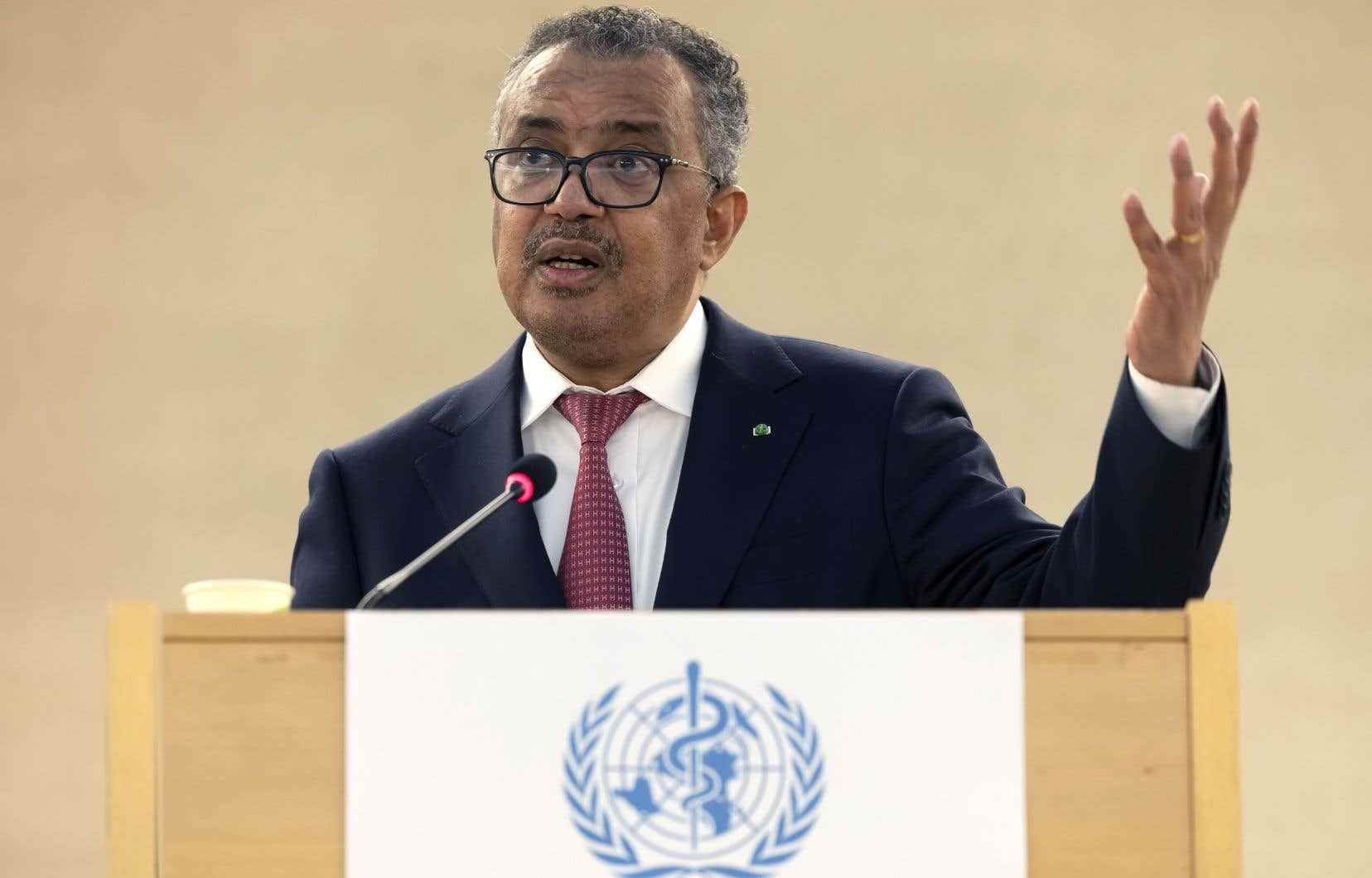The head of the World Health Organization (WHO) said on Saturday that the global outbreak of monkeypox was a health threat whose evolution was very worrying, without yet reaching the stage of a global health emergency.
The director general of this UN agency, Tedros Adhanom Ghebreyesus, had convened a meeting of experts on the issue on Thursday to find out whether the WHO should trigger its highest level of alert in the face of the epidemic, which mainly affects Western Europe.
A spike in monkeypox cases has been detected since early May, far from central and west African countries where the disease has long been endemic.
More than 3,200 confirmed cases and one death have been reported to WHO from around 50 countries where the disease is not endemic this year.
In addition, since the beginning of 2022, nearly 1,500 suspected cases and around 70 deaths have been reported in Central Africa, mainly in the Democratic Republic of Congo, the Central African Republic and Cameroon, Tedros said on Thursday.
“The emergency committee shared deep concerns about the scale and speed of spread of the current outbreak,” noting many unknowns about the phenomenon, Tedros Adhanom Ghebreyesus said in a statement released after reviewing the report. experts, which represents their consensus position.
“Overall, in the report, they suggested to me that at this time the event does not constitute a public health emergency of international concern (USPPI), which is the highest level of alert in the world. WHO, but they agreed that the convening of the committee itself reflects growing concerns about the international spread of monkeypox,” according to the text.
Mr. Tedros had announced on June 14 that he was convening an emergency committee to assess whether the current outbreak constituted a USPPI.
The last USPPI was declared in 2020, due to the Covid-19 pandemic.
Known in humans since 1970, monkeypox or “simian orthopoxvirus” is a disease considered rare.
It first results in a high fever and quickly evolves into a rash, with the formation of scabs. Most often benign, it generally heals spontaneously after two to three weeks.
It is usually due to a virus transmitted to humans by infected animals. But in the current outbreak, human-to-human transmission is at the forefront.
The majority of reported cases so far involve men who have sex with men. If it is not a sexually transmitted infection, transmission can occur through close contact such as having sex.
